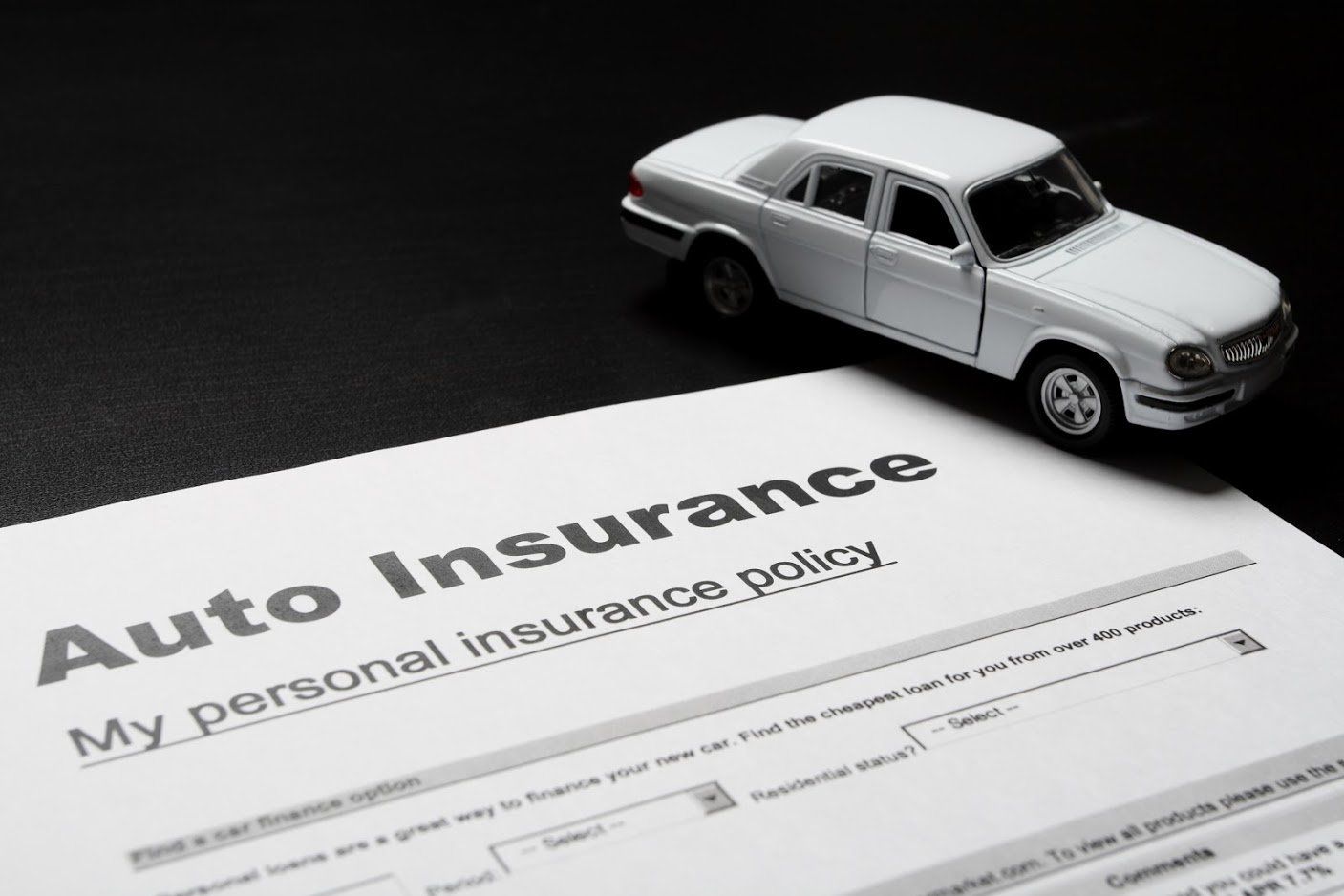a partner of
5 Key Factors That Affect Life Insurance Premiums

From peace of mind for yourself to ensuring your loved ones have the financial means to handle your final expenses, the importance of life insurance should be easy to see. Unfortunately, many people struggle with the cost of premiums even though they realize life insurance is so important.
Understanding how the price of premiums is factored can be helpful. This guide will explain the key factors that determine the cost of your life insurance premiums.
1. Age
Age is one of the most dominant factors underwriters consider when pricing a life insurance premium. A younger individual will pay less for the same type of life insurance than an older individual.
The theory to why younger people pay less for insurance stems from the belief that younger people will live longer, so the insurer will be less likely to have to pay out a death benefit for a younger person.
Because age is such an important factor, experts believe it is best to purchase life insurance when you are younger.
2. Policy Type
The type of life insurance you purchase is also a factor when determining premium costs. Term and whole life policies are the most common. There are not only differences in the benefits of these policies but also the costs.
As the name suggests, term life insurance insures you for a specific term. Once the term ends, you will either need to renew for a new term or convert it to a whole life policy.
Whole life policies have a lot of benefits including fixed premiums that will never increase even though you age each year. Whole life policies also accumulate cash value over time. This cash value can be used for a variety of expenses. Unfortunately, because of the benefits, whole life policies will be more expensive.
3. Health
No matter your age or what policy type you choose, your underlying health can also affect the premium rates. Certain medical conditions are red flags for insurers and underwriters because they feel they increase your risk of death, making you less appealing and more risky to insure.
Here are a few common medical conditions that can lead to higher life insurance premiums:
- High blood pressure
- Type 2 diabetes
- Sleep apnea
- Heart disease
- Asthma
- Cancer
- Obesity
- Organ transplants
- High cholesterol
- Mental health disorders
If you are living with or there is a family history of one or more of the above medical conditions, you will most likely pay higher premiums for your life insurance. However, having this life insurance will be even more important because your health and your life are at risk.
4. Occupation and Hobbies
Most people are surprised to learn certain occupations and hobbies can make them riskier to insure.
Roofers, tree specialist, utility workers, and pilots will pay higher life insurance premiums because they work at high heights, which can be dangerous and life-threatening.
Professionals who work in emergency services, such as policeman, paramedics, and firefighters will also pay higher life insurance premiums because of the dangers associated with their jobs.
Underground or underwater workers, such as divers, drillers, and miners, also have hazardous jobs, which can lead to higher life insurance premiums.
Your premiums will be higher if you have dangerous hobbies, as well. Skydiving, bungee jumping, mountain climbing, scuba diving, race-car driving, and flying are hobbies insurance companies consider risky.
5. Death Benefit
Finally, the death benefit amount is a key factor in determining the rates of your life insurance policy. The higher the death benefit, the higher your insurance premiums will be.
Many people make the mistake of choosing the lowest death benefit possible to ensure their monthly premiums are not too high. Unfortunately, focusing on the premium amount instead of the death benefit amount could mean you are not leaving your loved ones enough to cover the cost of your funeral, burial, or cremation and your other final expenses.
For
assistance purchasing life insurance, contact Harr
& Associates Insurance, Inc.
,today.















